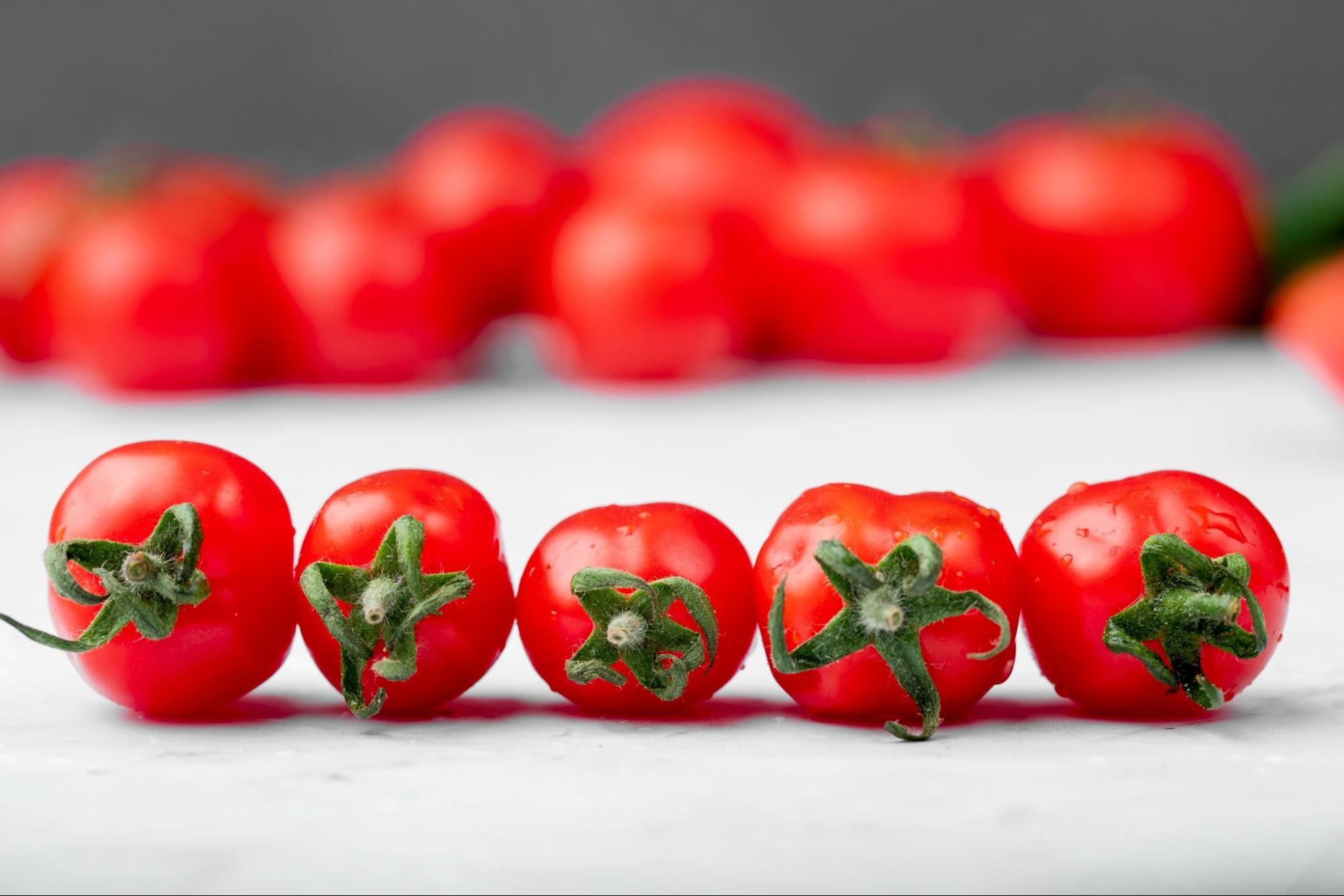
The size of cherry tomatoes plays a key role in their flavor, texture, and culinary applications. Properly selected tomato size can significantly contribute to maintaining optimal fruit quality and making them suitable for various uses—from fresh consumption to processing in the food industry. Ideal size is not determined solely by visual criteria but depends on several factors, including variety, growing conditions, and intended use.
Cherry tomato is a tomato variety known for its small, sweet fruits with intense aroma, which can be round, oval, or pear-shaped. It is an annual plant that thrives in sunny locations, in warm and moderately humid climates, with well-drained and fertile soil. The size of cherry tomatoes depends on the variety, plant nutrition, water supply, and harvesting time. It is usually planted in early spring, and fruits ripen and are harvested during the summer, typically from June to August. Due to their high sugar content and rich flavor, cherry tomatoes are popular for fresh consumption and dish decoration.
At first glance, tomato size may seem like a matter of aesthetics or preference, but it actually plays a crucial role in many aspects:
The ideal size of cherry tomatoes varies depending on their use:
Several key factors affect fruit size:
Each cherry tomato variety has specific traits regarding size, taste, and resistance. For example:
Overgrown cherry tomatoes can lose the authentic qualities of the variety. Fruits left on the plant too long may become overly soft, watery, and less flavorful. Such fruits are not ideal for fresh consumption but can be used for cooking, roasting, or sauce making. To achieve optimal size and taste, it is recommended to harvest when the fruit reaches full ripeness—firm, deeply colored, and easily detachable from the stem. This also stimulates the plant to continue ripening new fruits evenly.
The size of cherry tomatoes plays a vital role in preserving their key characteristics—flavor, firmness, and usability. By selecting the appropriate variety and ensuring optimal growing conditions, it is possible to achieve the ideal fruit size for a specific purpose, whether for fresh consumption, processing, or market sale. Oversized fruits may lose their distinctive flavor and texture, while underdeveloped ones fall short in quality. Timely harvesting and proper plant care allow for even ripening and high overall yield quality.